My journey
I was born in 1961 in Lucknow to a middle-class family. My father, Mr. Kishan Swarup Alan, was an engineer in the UP State Electricity Board—a self-made man who had grown up in a farmer’s household in a remote village without electricity or running water. He was the first in his family to step into a city for higher education. My mother, Shashi Prabha, also came from a rural background. Together, they instilled in me and my two brothers a quiet but unwavering drive to succeed—by our own effort, on our own terms.
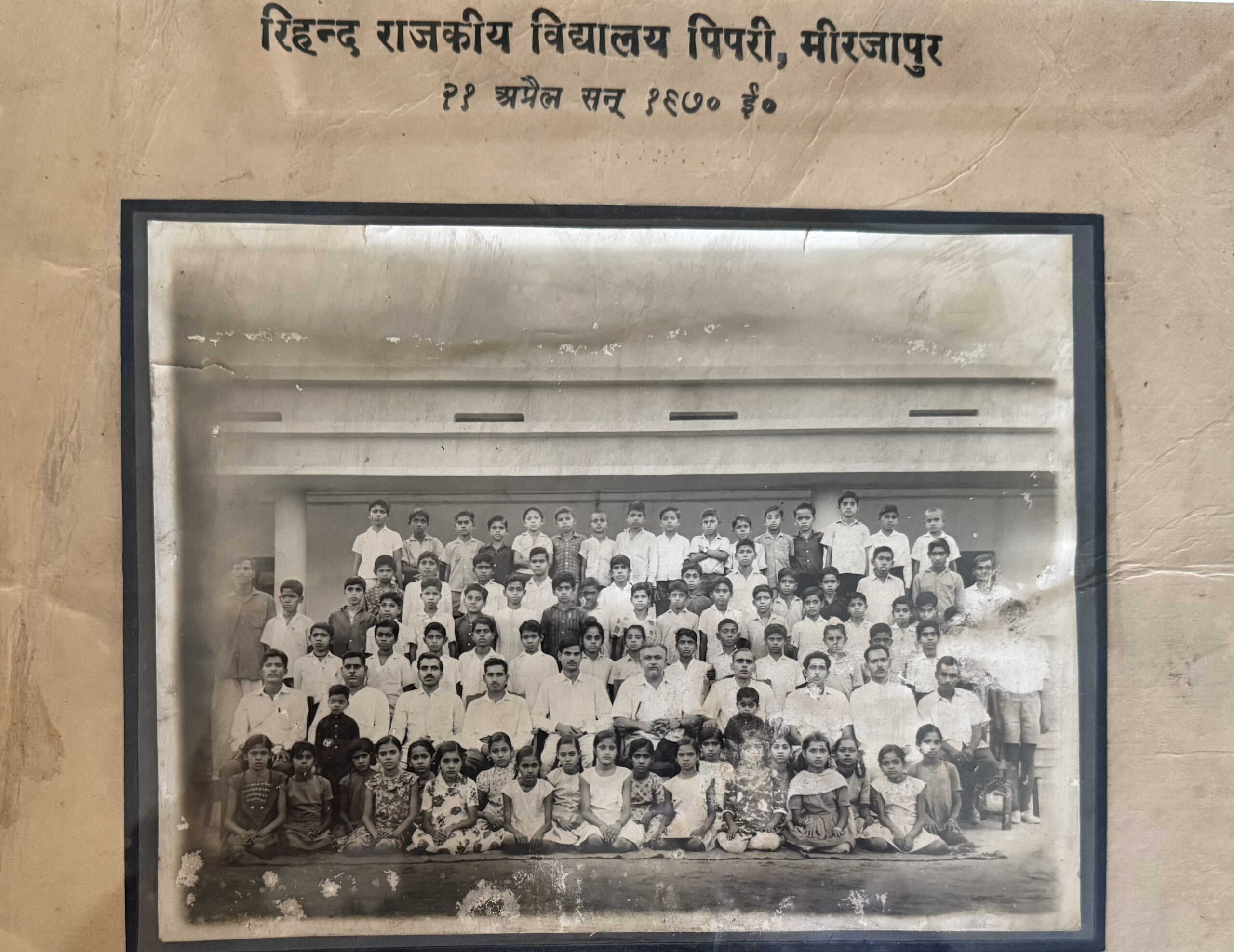
Primary School
Because of my father’s job, our early childhood was spent moving frequently to different corners of eastern Uttar Pradesh. I changed schools every few years. But if this disrupted our formal schooling, it also nurtured a sense of adaptability—and a fascination with how things worked, from power grids to people. It left an imprint I carry to this day.
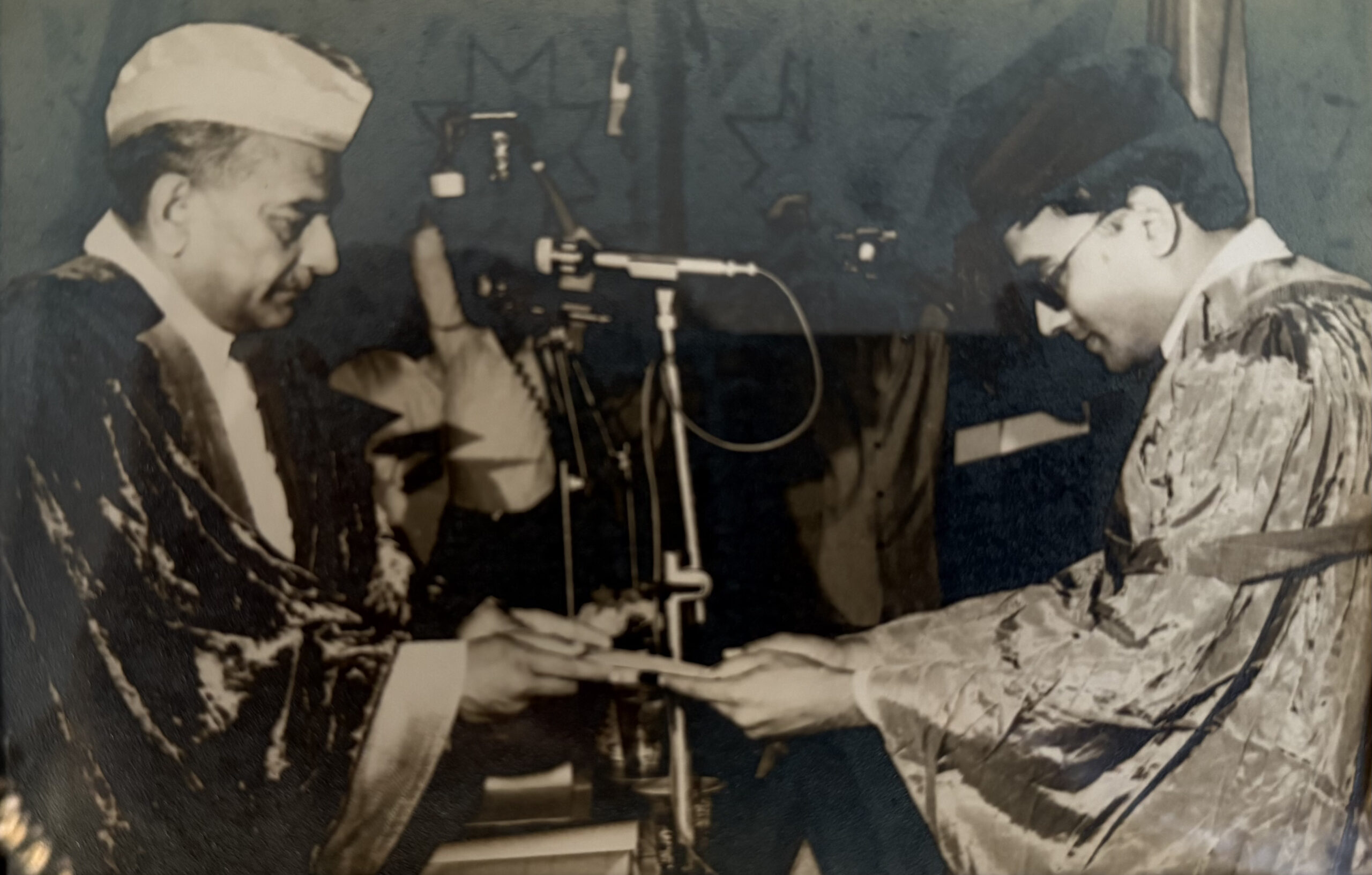
Receiving BHU Gold Medal 1981
In 1976, at the age of 15, I joined Banaras Hindu University’s Institute of Technology to study engineering. I initially enrolled in civil engineering but later switched to electrical, graduating with a gold medal. Too young to appear for the civil services exam, I joined the M.Tech. program at IIT Delhi—not just to learn, but to prepare. In 1983, I was fortunate to enter the Indian Administrative Service in my very first attempt.
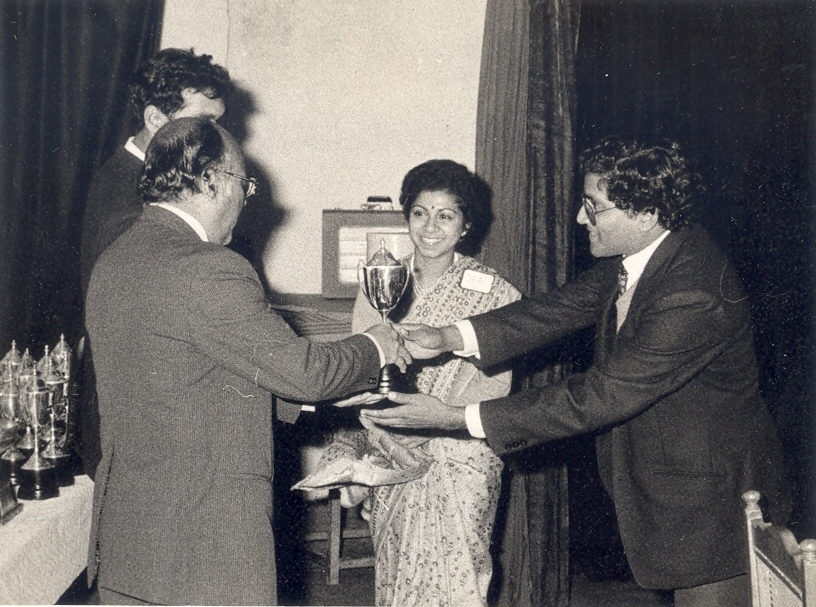
LBSNAA Winning a cup and a heart
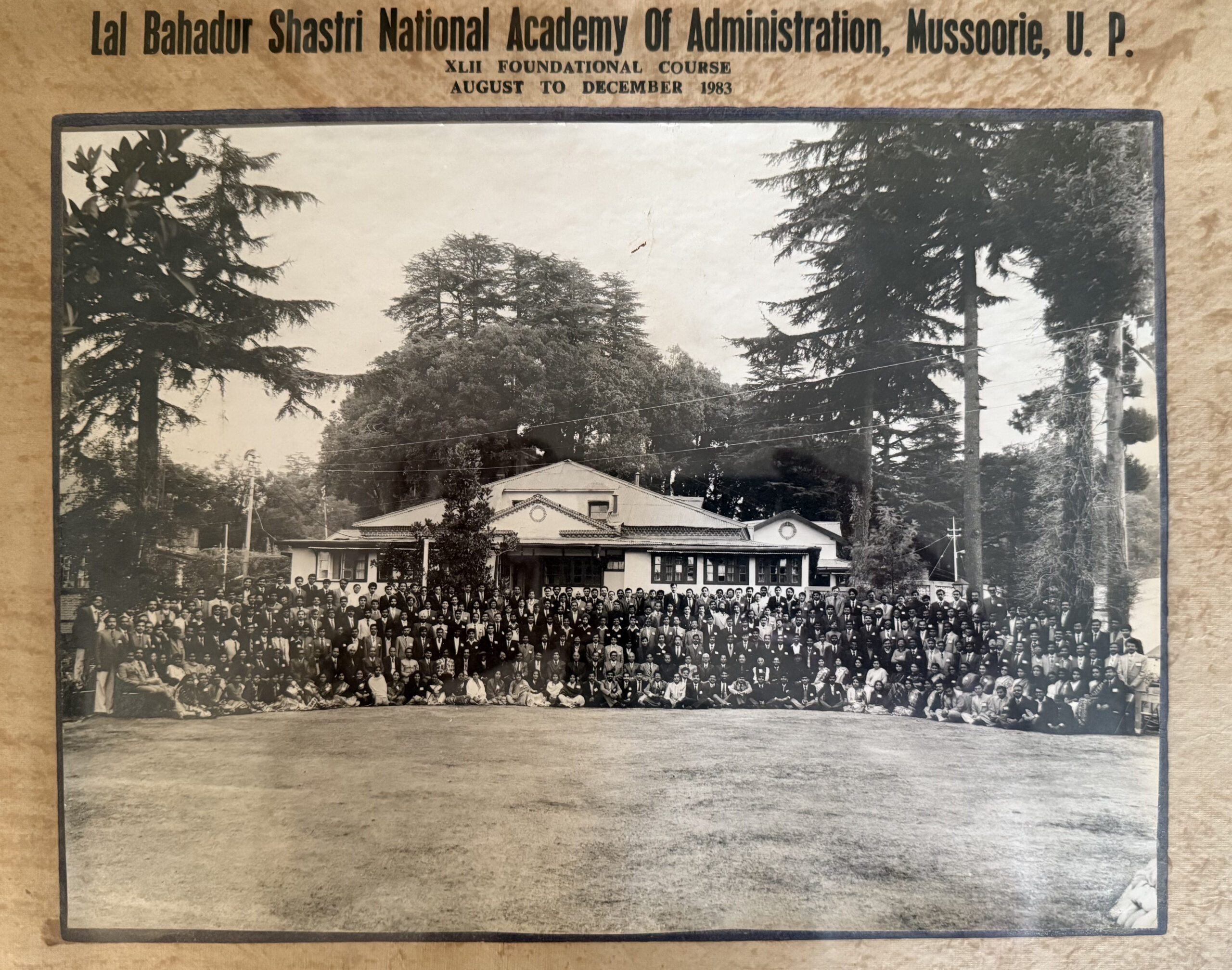
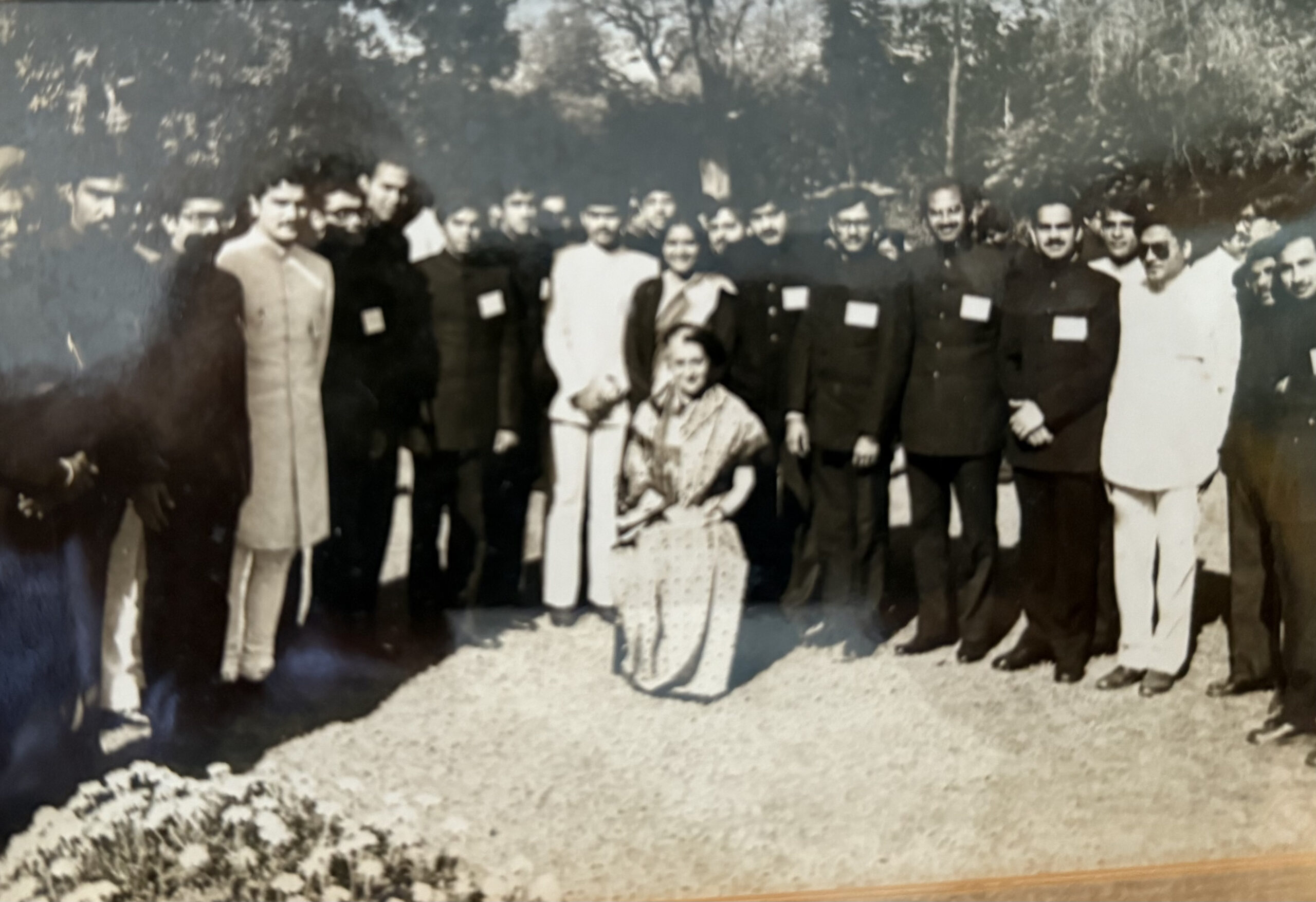
The training at the Lal Bahadur Shastri National Academy of Administration changed my life in more ways than one. It’s where I met Anjana Kapur, a fellow probationer who would become my life partner. We married in 1984, though bureaucratic complications meant we were posted in different states—Anjana in Rajasthan, I in Uttar Pradesh. Still, the Government kindly ensured we were placed in neighbouring districts: Agra and Bharatpur. Our elder daughter, Devika, arrived in 1986.
By 1987, long-distance parenting was no longer sustainable, and I transferred to the Rajasthan cadre. Our younger daughter, Ambika, was born in Udaipur—where I was posted as Director of SWACH (Sanitation, Water and Community Health) Project. This is where my interest in public health first took root. One of goals of SWACH was to eradicate Guinea worm, a medieval diseases which still existed in the tribal areas of three districts in the region. This role opened my eyes to the complex but fascinating world of public health—the interplay between data, community, and policy.
This experience led to my next posting, setting up the IEC Bureau in the Department of Health and Family Welfare in Rajasthan. It was here that I first connected with global health communication experts like Everette Rogers, Larry Kincaid, and Phyllis Piotrow. In 1990, I attended a summer course in health communication at Cornell University. The exposure whetted my appetite for more.
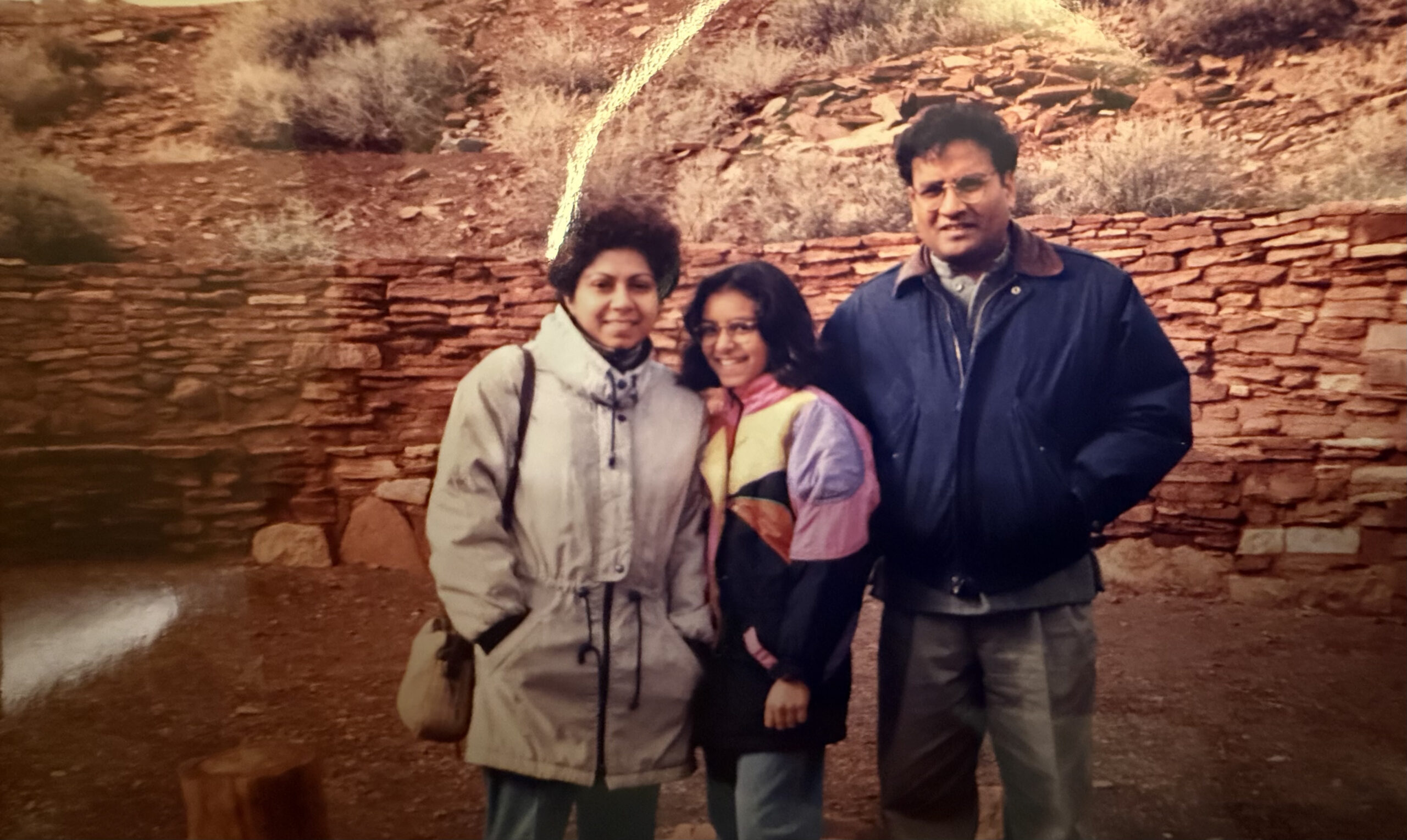
Student life in Baltimore
In 1992, while serving as District Collector of Dausa—a position many in the civil service aspire to—I took what felt like a leap into the unknown. I left for the US to pursue a master’s in health communication at Johns Hopkins University with enough money to survive for six months. Anjana and the girls stayed behind. The transition was not easy, but eventually they joined me in Baltimore. I completed both my master’s and PhD in under three years, a record which I am told still stands! I started working with the World Bank in Washington, D.C. in 1995.
In 1992, while serving as District Collector of Dausa—a position many in the civil service aspire to—I took what felt like a leap into the unknown. I left for the US to pursue a master’s in health communication at Johns Hopkins University with enough money to survive for six months. Anjana and the girls stayed behind. The transition was not easy, but eventually they joined me in Baltimore. I completed both my master’s and PhD in under three years, a record which I am told still stands! I started working with the World Bank in Washington, D.C. in 1995.
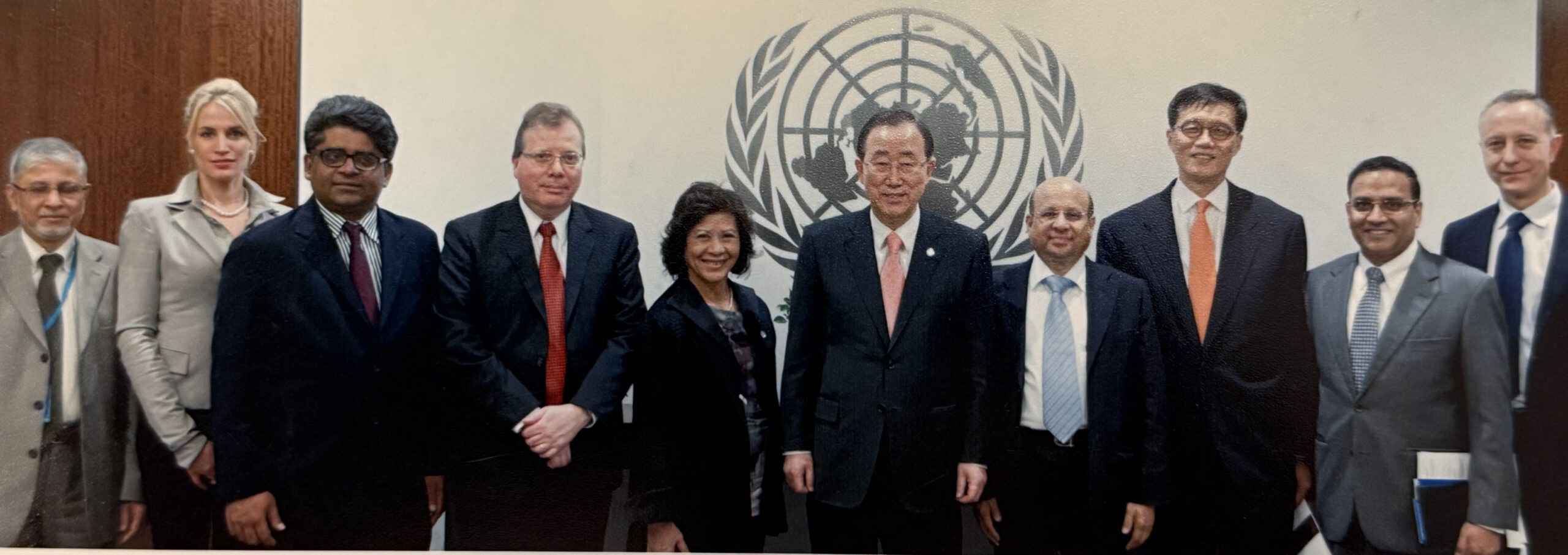
Calling on UN Secretary General

Receiving outstanding achievement award from President Chino of ADB
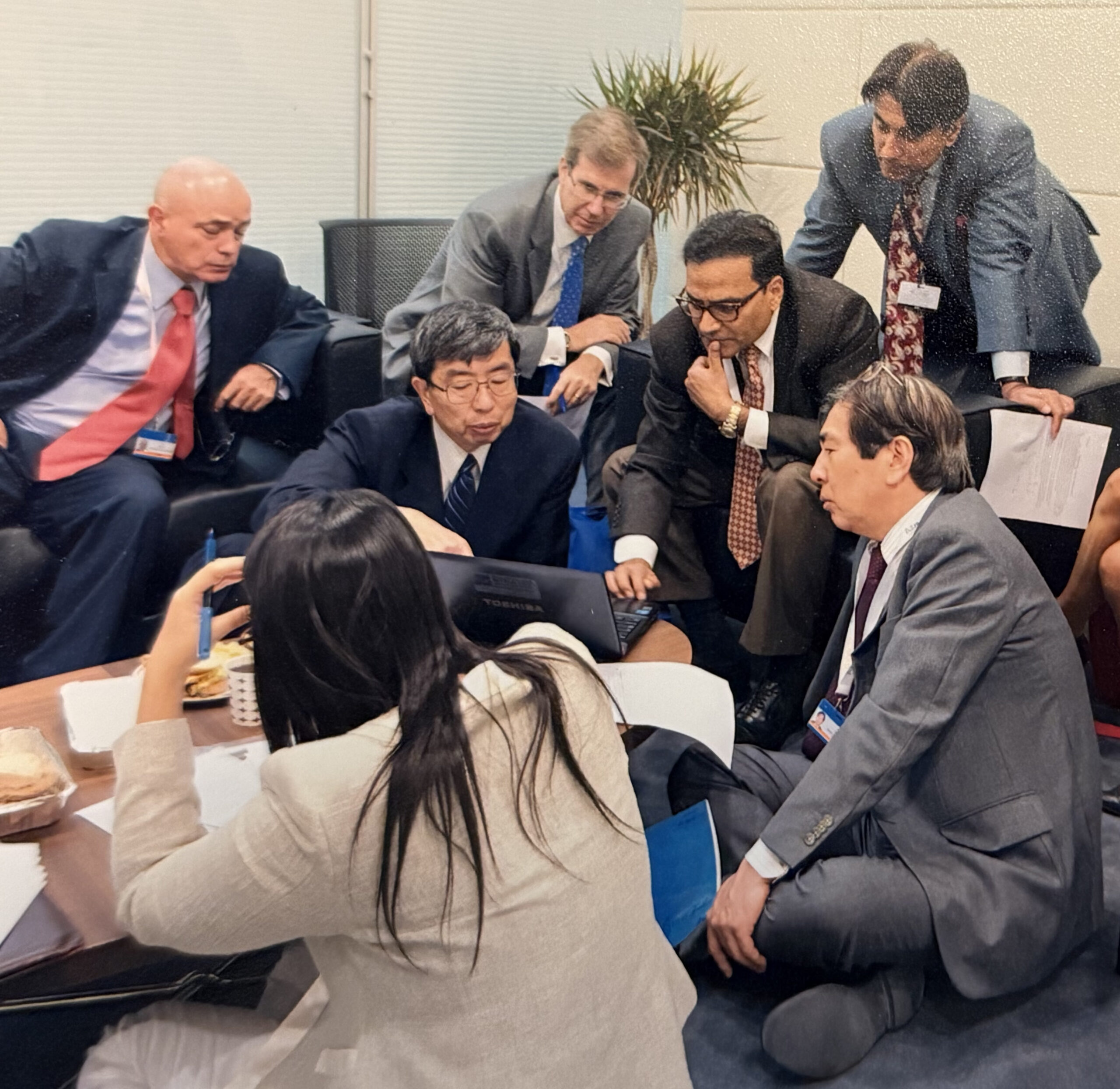
Working on a key document with President Nakao Of ADB
In 1997, I joined the Asian Development Bank (ADB) in Manila, marking a major turning point in my professional journey. Resigning from the IAS was a difficult decision, taken with a heavy heart, as government rules did not permit extended foreign assignments. At ADB, I had the opportunity to work across a diverse set of countries and sectors, steadily rising through the ranks to become Director General of Strategy and Policy—the first non-Japanese national to hold that post. Later, I led the East Asia Department, with China as a key client. These years offered me a panoramic view of development in action and brought me into close collaboration with some of the world’s most respected development professionals. I was also fortunate to travel to over 70 countries, broadening my understanding of the challenges and promise of global development.
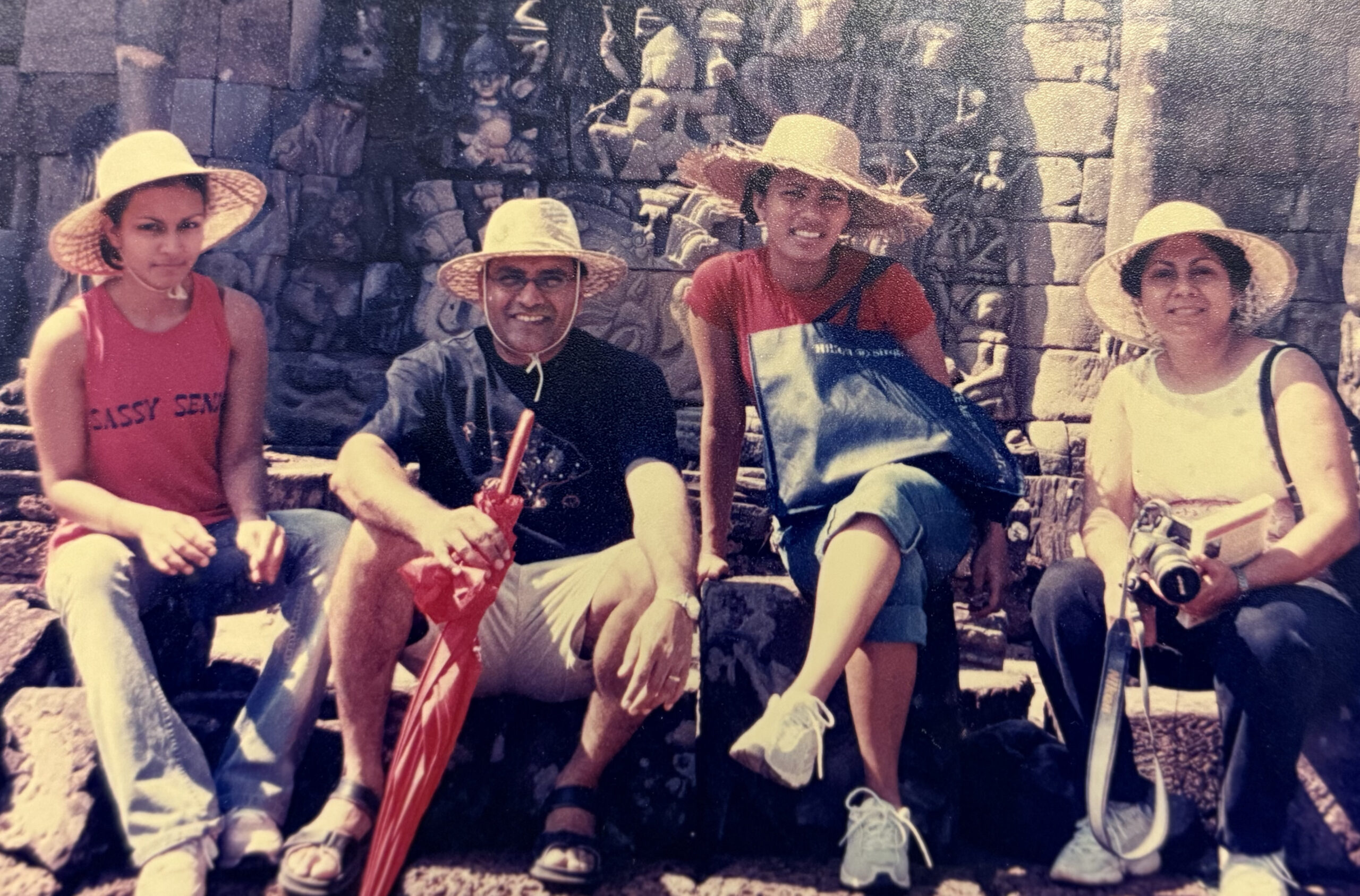
ADB vacation time
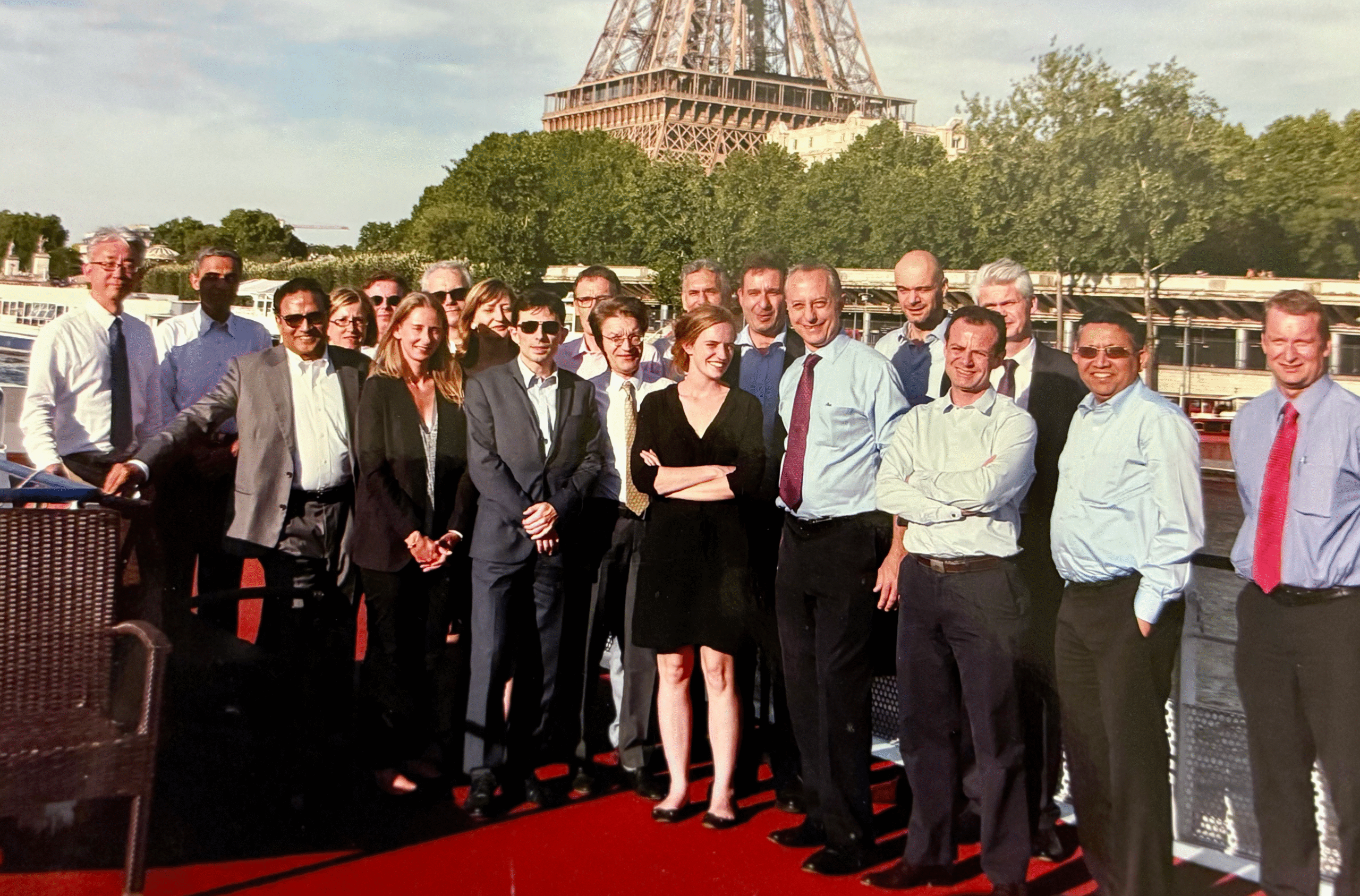
Leading discussions with French Aid Agency
Manila brought stability and opportunities for our family. Anjana, ever versatile, transitioned from the Indian bureaucracy to international development, first through a short-term assignment with the ILO and then a regular position with WHO in 2002. Our daughters, meanwhile, began charting their own paths—first to Columbia and Yale, and by a happy coincidence, both converged at Harvard for their medical degrees. Watching them thrive while pursuing meaningful careers filled us with immense pride and gratitude. These years not only shaped my professional outlook, but also enriched our family life in ways we could not have foreseen when we first left India.
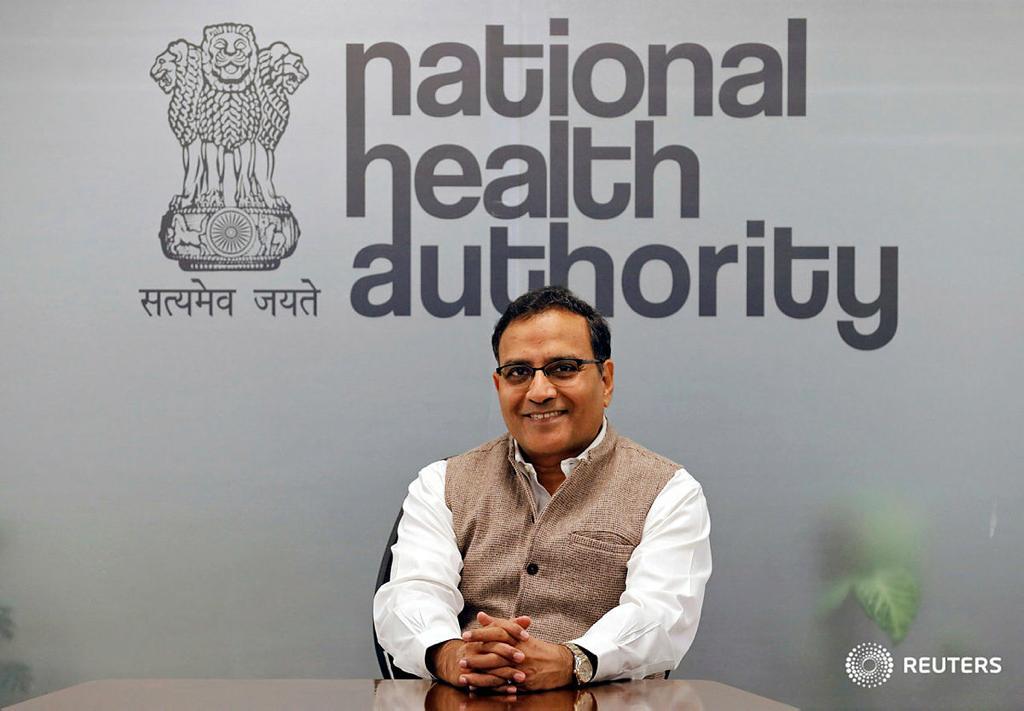
Proud founding CEO of a vibrant organisation
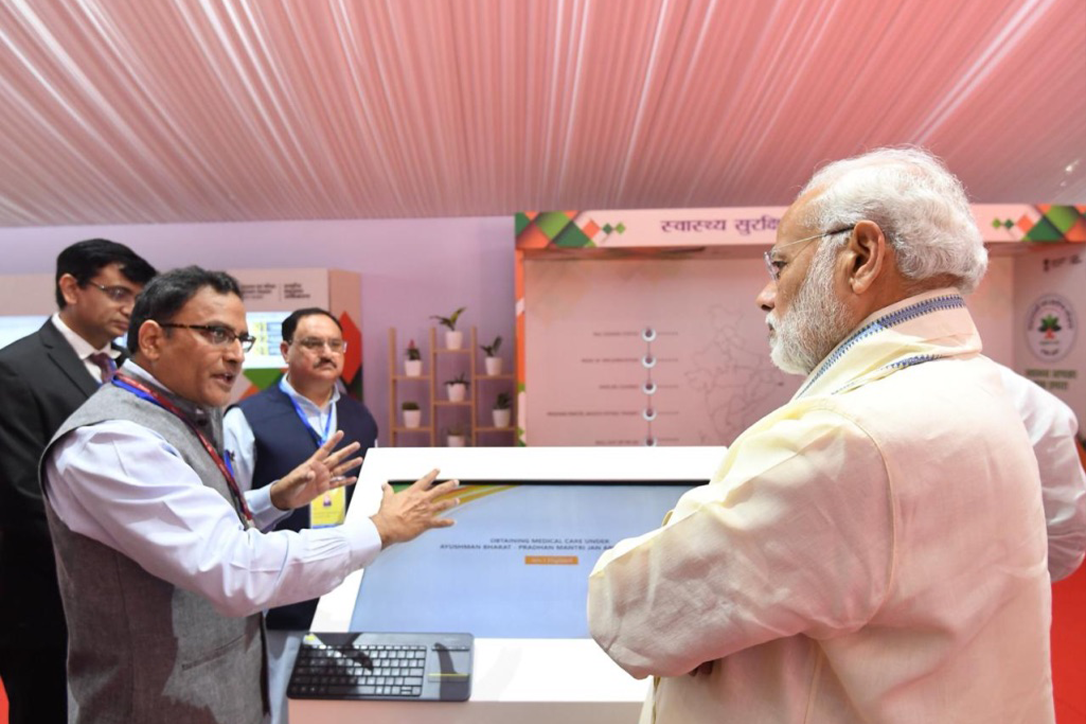
Launch of Ayushman Bharat 23 Sept 2018
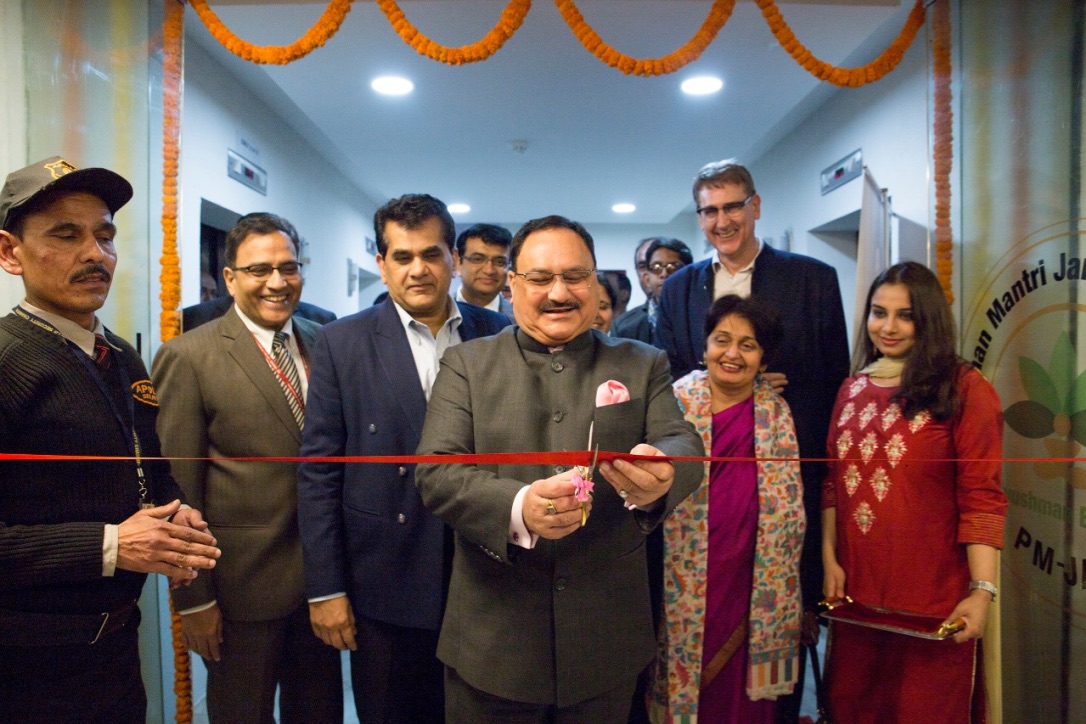
Inauguration of Ayushman Bharat Office
Then, in 2018, life came full circle. After more than two decades abroad, I was given the rare and humbling opportunity to return to India and contribute directly to its development once again—this time in the health sector, where my journey had originally taken root in the tribal districts of Rajasthan. I was fortunate to be entrusted with the responsibility of leading the implementation of Ayushman Bharat Pradhan Mantri Jan Arogya Yojana (PM-JAY), the world’s largest publicly funded health assurance scheme, aimed at providing financial protection to over 600 million Indians against catastrophic health expenses. As its founding CEO, I had the privilege of helping shape not just a program, but a nationwide movement toward universal health coverage—one that aspired to bring dignity and security to the most vulnerable sections of society.
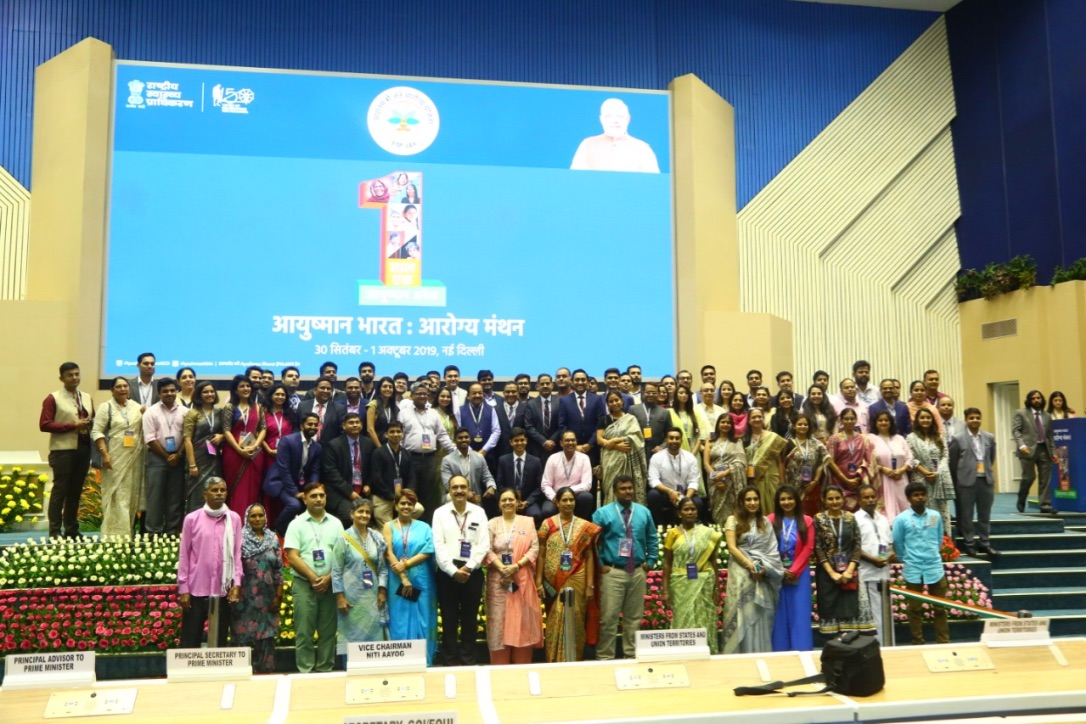
Ayushman at first year
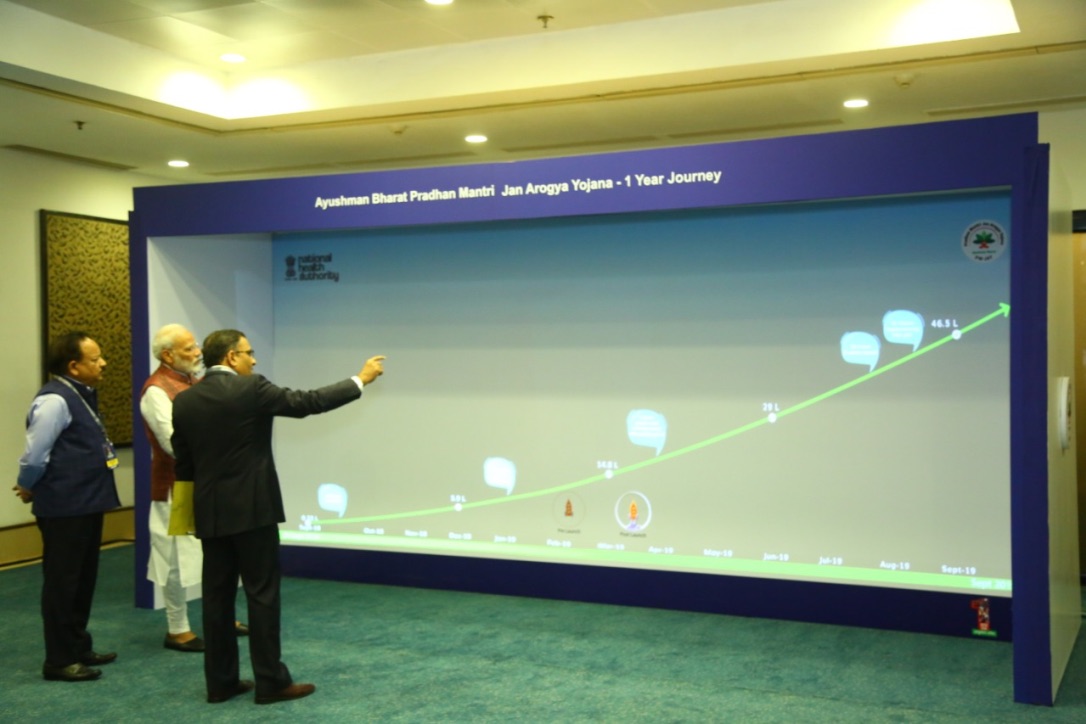
Ayushman Journey for the PM
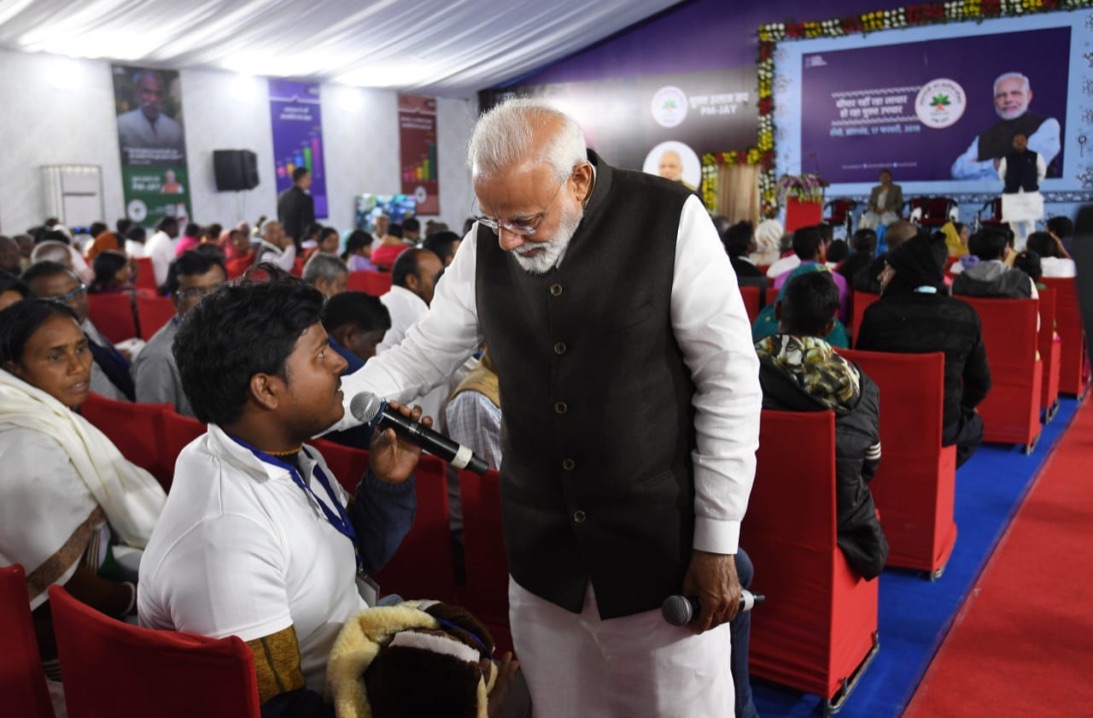
PM Meeting with AB Beneficiaries
The mandate later expanded to include the establishment of the National Digital Health Mission, now Ayushman Bharat Digital Mission (ABDM), which sought to build the digital backbone for India’s health system. We envisioned a future where health records were portable, systems interoperable, and care more patient-centred, efficient, and data-informed. Anjana too returned to India and took up a position with the WHO’s regional office in New Delhi, making it a meaningful homecoming for both of us.
Those three years—from 2018 to 2021—were among the most intense, demanding, and fulfilling of my professional life. We were not just executing programs—we were building institutions from scratch, designing systems in real time, drafting protocols, and responding to both political expectations and public needs. It meant navigating complex stakeholder landscapes, overcoming administrative inertia, and working under extraordinary public scrutiny. Yet, it was also deeply energising. I witnessed how transformative change is possible when a motivated team works with clarity of vision, a sense of urgency, and a shared belief in the mission. The work left an indelible mark on me—not simply because of its scale or impact, but because of the lives it touched. For me, it was more than a professional assignment; it was a once-in-a-lifetime opportunity to serve, to learn, and to find a deeper meaning in public service.
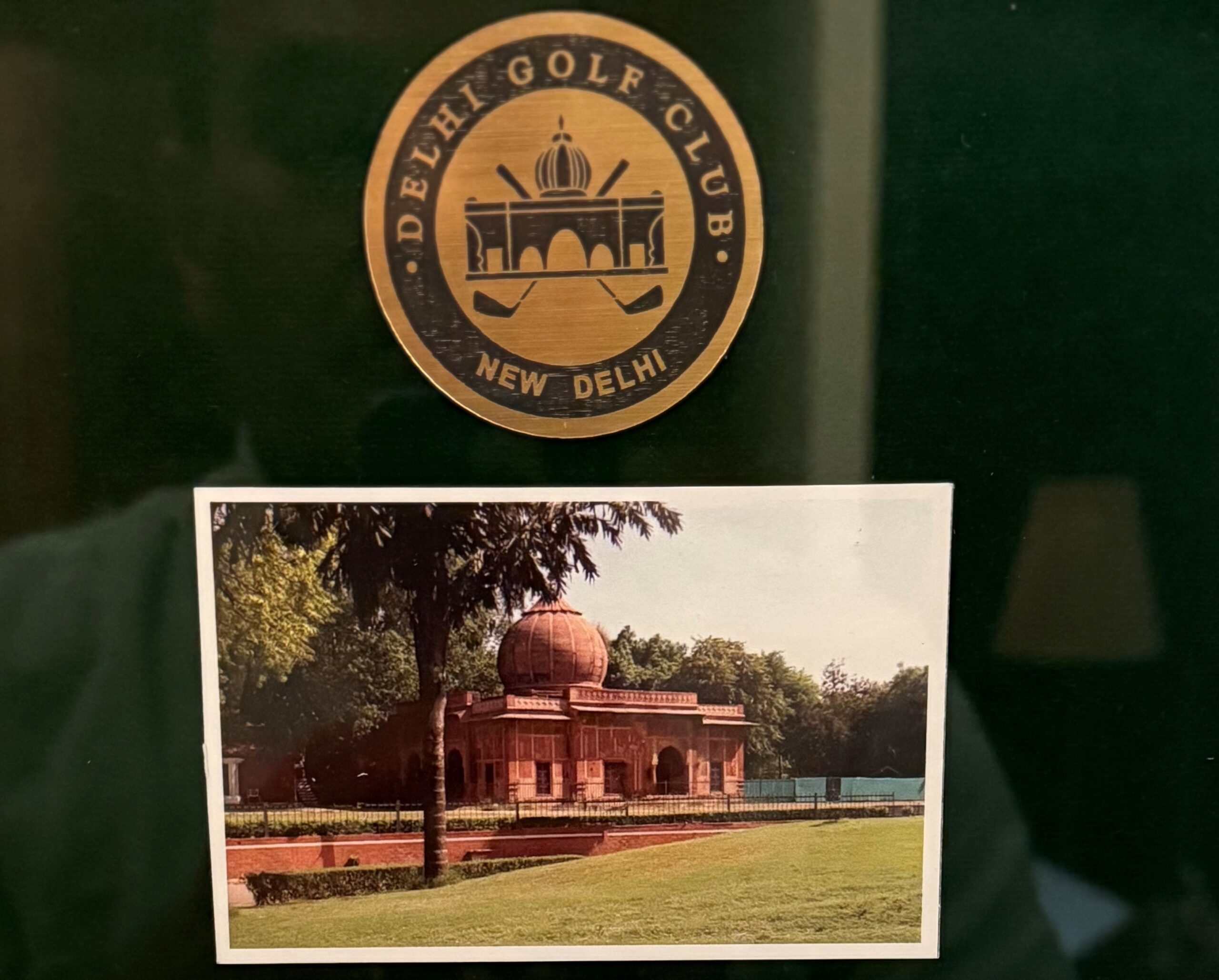
Hole in one certificate
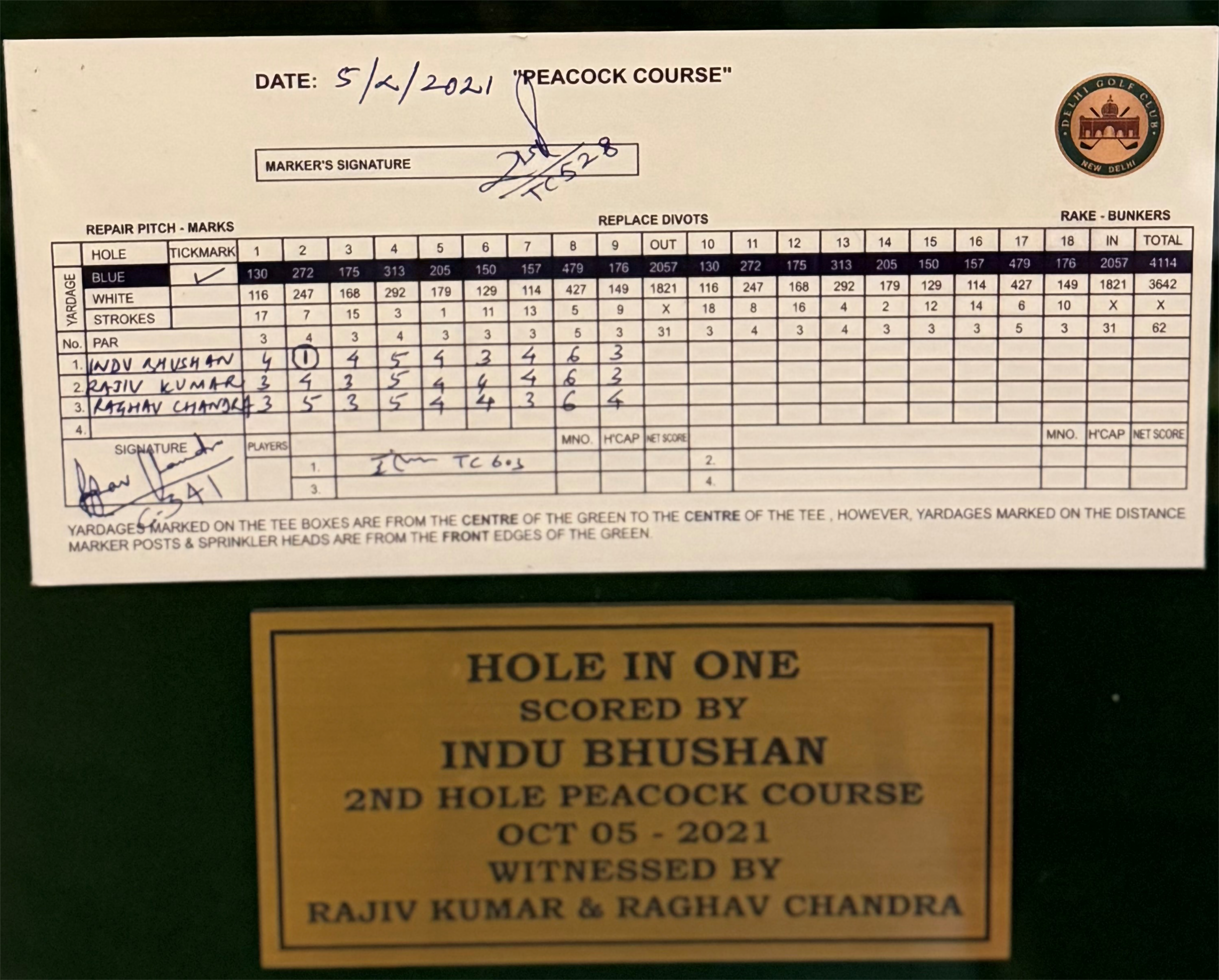
Now retired from formal service, I spend my time playing golf and bridge, traveling, and continuing to contribute where I can add value—whether through mentoring, policy advocacy, or simply listening and sharing what I’ve learned along the way. My journey has taken me from small towns in eastern UP to global platforms and national programs. It’s been shaped by luck, learning, love, and a belief that meaningful change is always possible.